05 Dec Trends and Measurement Issues for Active Transportation in New Zealand’s Physical Activity Report Cards for Children and Youth
Results from the New Zealand 2018 Report Card, with a focus on active transportation, were recently published in the Journal of Transport & Health. Citation details and a summary of the paper are below.
Melody Smith, Erika Ikeda, Scott Duncan, Ralph Maddison, Erica Hinckson, Kim Meredith-Jones, Caroline Walker, Sandra Mandic. Trends and measurement issues for active transportation in New Zealand’s physical activity report cards for children and youth, Journal of Transport & Health, Volume 15, 2019, 100789.
Abstract
Introduction. Active transport (AT) contributes to human and environmental health but is low and declining in New Zealand (NZ) children and youth. Quality evidence is necessary to inform and evaluate interventions, identify inequities, and understand trends. NZ has participated in the Global Physical Activity (PA) Matrix since 2014. This collaboration uses a harmonised process to develop national Report Cards including “grades” for PA behaviours, including AT. The purpose of this article is: (1) to detail the development of NZ’s 2018 PA Report Card, focusing on AT; (2) to examine AT trends across the Report Cards (2014/2016/2018); and (3) to consider implications of methodological approaches and available data sources for monitoring and promoting AT. Methods. For the 2018 NZ PA Report Card, data sources were identified through academic and grey literature, and online searches in 2017–2018. A panel of national experts contributed to grading the AT indicator through identification of pertinent data sources, and discussion and agreement on the final grade. Methodologies and results for AT across the Report Cards were collated and compared. Results. Grades for the AT indicator have remained consistently low across report cards: in 2014, the overall grade was C and this reduced to C- in 2016 and 2018. Subgroup differences (i.e., sex, ethnicity, deprivation) were observed in AT across all time periods; however, these were not consistent across surveys or Report Cards. Data sources and survey items used to calculate the AT grades across three reports varied substantially, limiting ability to track changes in AT over time and compare results across surveys. Conclusions. The low and declining levels of AT in NZ children and youth indicates that national strategies to increase AT are urgently required. Future efforts should aim to standardise measurements of AT across national surveys to enable monitoring and comparison of patterns across time.
Click here to read the paper for free.


